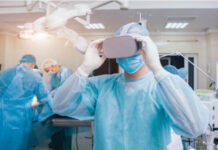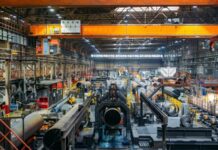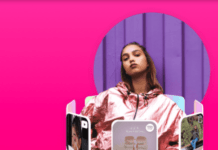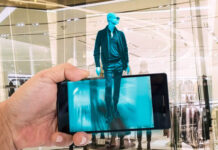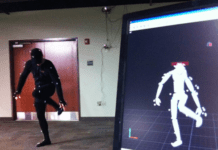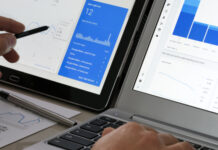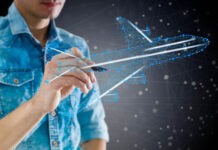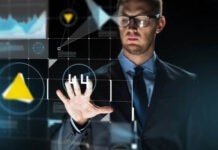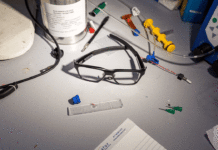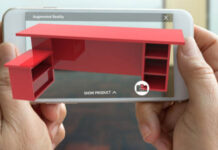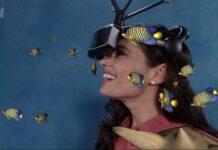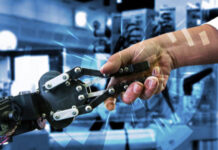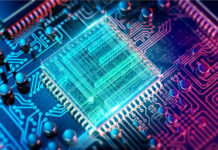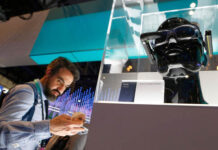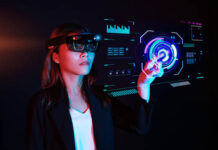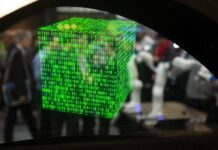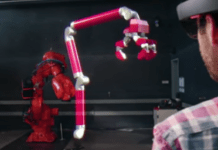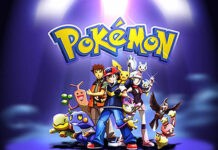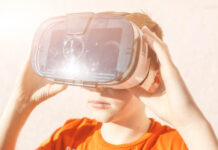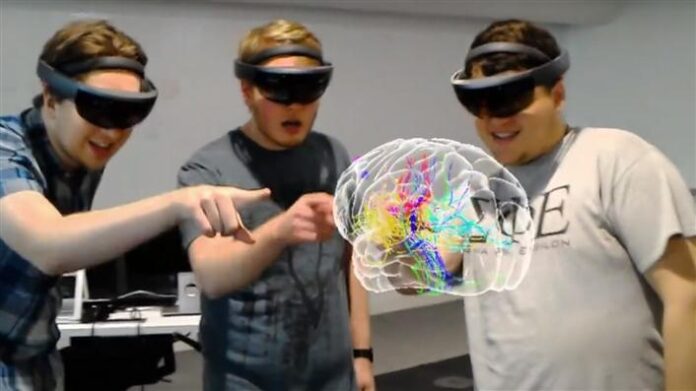
Technology is becoming more immersive, it is pushing the limits that we are familiar with. One such technology, mixed reality, allows users to interact with virtual objects. Even though this type of technology is still in its testing phases the current examples that are available make the possibilities of the not-too-distant future very appealing. If VR or AR impressed you, then MR will knock you out of your socks. It is not yet fully available for consumers to enjoy. It is only a matter of time before investors discover its unlimited potential.
What is mixed reality?
A mixed-reality environment allows for the blending of the physical and the digital world. Anything that you can imagine can be created and interacted with thanks to the advances in graphical processing power, computer vision, and other technology. A user can access a MR experience by using a wearable MR device which will allow them to interact with virtual elements, making it different from augmented reality. Developers are producing MR content and wearables at a rapid rate, soon people from all over the world will enjoy MR.
Mixed Reality Use Cases:
There are many examples of mixed reality. Iit could have a huge impact on several businesses and industries. Here is a list of a few mixed reality use case examples.
⦁ Holograms: Holograms have been widely used especially through initiatives by companies such as 8i. They created a lifelike hologram of Jon Hamm for the Sundance Film Festival and a Buzz Aldrin hologram for SXSW. The company’s Holo app allows the user to find many more applications for musicians, brands, and celebrities. It can even be downloaded onto a smartphone for custom 3D creations.
⦁ Education: Many MR applications can aide in the teaching and learning of subject material especially since it offers student interaction with virtual elements. Teachers can make use of remote teaching by instructing content through 3D projections and simulations. The Microsoft HoloLens, for instance, was used by Case Western Reserve University in Ohio to teach anatomy to medical students. It allows students to explore anatomical structures and practice their theory without putting lives in danger. Studies have also shown that interactive learning leads to increased retention which means that students are actively learning the entire time, not just passively consuming information.
⦁ Training: Almost every industry can make use of MR when it comes to training new staff or retraining senior employees. MR training and evolving operations have proven to cut costs and time as opposed to traditional methods of staff development. BAE Systems, for example, used a MR system to improve its battery building process by 40%. The reason for the increased efficiency is because factory workers have a visual aid guiding them through the process. The system projects a holographic template that helps workers to see the necessary steps until completion in front of them.
⦁ Sports and entertainment: There is nothing better than watching your favorite musician or your favorite sports team in the middle of the stadium. This, unfortunately, is not always possible for some people. Developers are working on MR solutions that will allow fans to experience the hype and recreate similar experiences in the comfort of their living rooms. Several years ago PGA Tour fans could already use an app with a 3D rendering of golf courses. The Tour is now further investigating even more exciting methods of golfing like using Microsoft HoloLens for tournament set-up and golf course design. It will allow players to prepare for their strategy in a MR environment before actually teeing off.
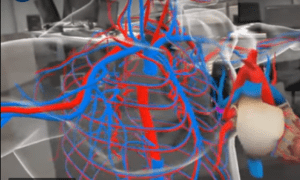
⦁ Healthcare: MR is especially useful in the medical sector because professionals have the ability to view and share patient data in a more interactive way rather than using 2D charts. Medical students can also receive intensive training in MR environments that are safer and less time-consuming. The possibility of taking medical scans from the computers and into the real world where they can be moved around or even manipulated is also not that far-fetched as it may sound. MR applications in healthcare are abundant.
⦁ Engineering and construction: Engineers could do a lot more remotely and pay closer attention to detail during the planning process with MR technologies. 3D modeling could be carefully done before spending any money on labor and materials. The technology allows for the design and development process to be sped up. It can save money in the long run.
⦁ Remote working: Employees from any company can make use of remote working solutions to collaborate with colleagues and clients when they are not physically present. Language barriers could easily be overcome by using several translation applications that can translate language in real-time. Even though applications like Skype and Zoom meetings impressed a lot of people, MR meetings will top even the highest of expectations. Japan Airlines makes use of HoloLens to help train engineers without them having to visit the hangar. NASA also worked with Microsoft to create the OnSite software that helps engineers be virtually present on Mars while being on Earth.
References:
Marr, Bernard: The Most Amazing Real-World Examples of Mixed Reality, Bernard Marr & Co. bernardmarr

